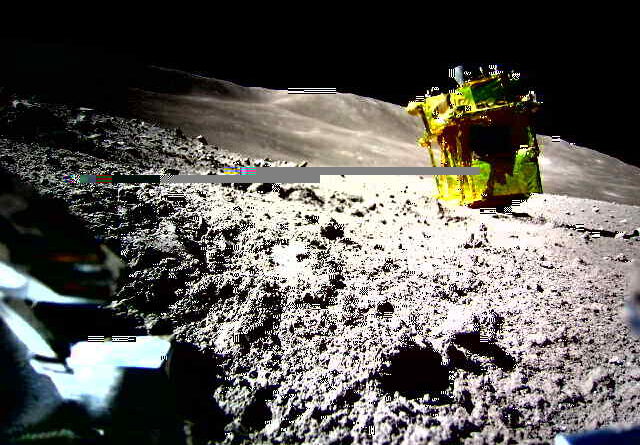Japan’s moon landing picture might be the space photo of the decade
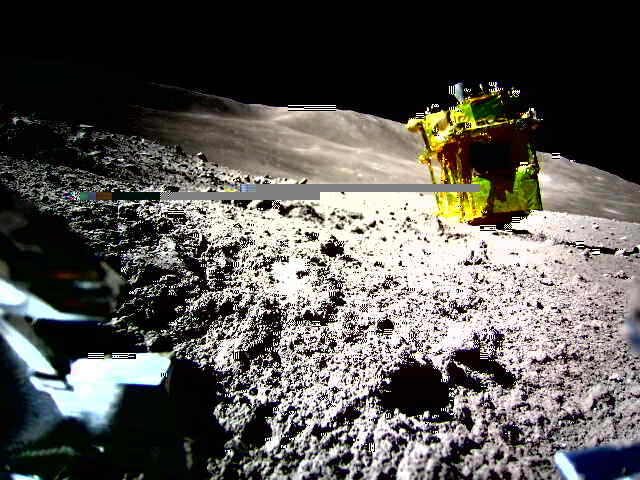
A photo of Japan’s robotic moon lander shows that though the spacecraft did make the quarter-million-mile journey to the lunar surface, it landed upside down.
The Japan Aerospace Exploration Agency — NASA‘s Japanese space counterpart known as JAXA — released the image Jan. 25, five days after it descended onto the moon. Shortly after touchdown, the mission team for SLIM — short for Smart Lander for Investigating the Moon — realized the spacecraft’s solar panels weren’t making electricity.
Seeing the golden ship in such a precarious position, yet somehow not shattered into pieces, comes as perhaps a startling reminder of just how difficult it is to get on the lunar surface, even 60 years after the first uncrewed moon landings.
Face-planting on the moon wasn’t part of the plan, but the JAXA team said data confirms the spacecraft achieved its main goal of a so-called “pinpoint landing” — that is, a landing with an accuracy of less than 100 meters, or under 100 yards. Given that most landing targets are many square-miles in scope, this demonstrates an unprecedented level of precision. The lander was at most 10 meters off its mark, according to space agency officials, which is comparable to 11 yards or less.
“The pinpoint landing performance was evaluated to be at approximately 10m or less, possibly about 3 – 4m,” according to JAXA in a statement.
Japan is the fifth nation to land on the moon, following the former Soviet Union, the United States, China, and India. But JAXA controllers soon realized after the landing that their mission was in peril, with the spacecraft quickly losing battery life.
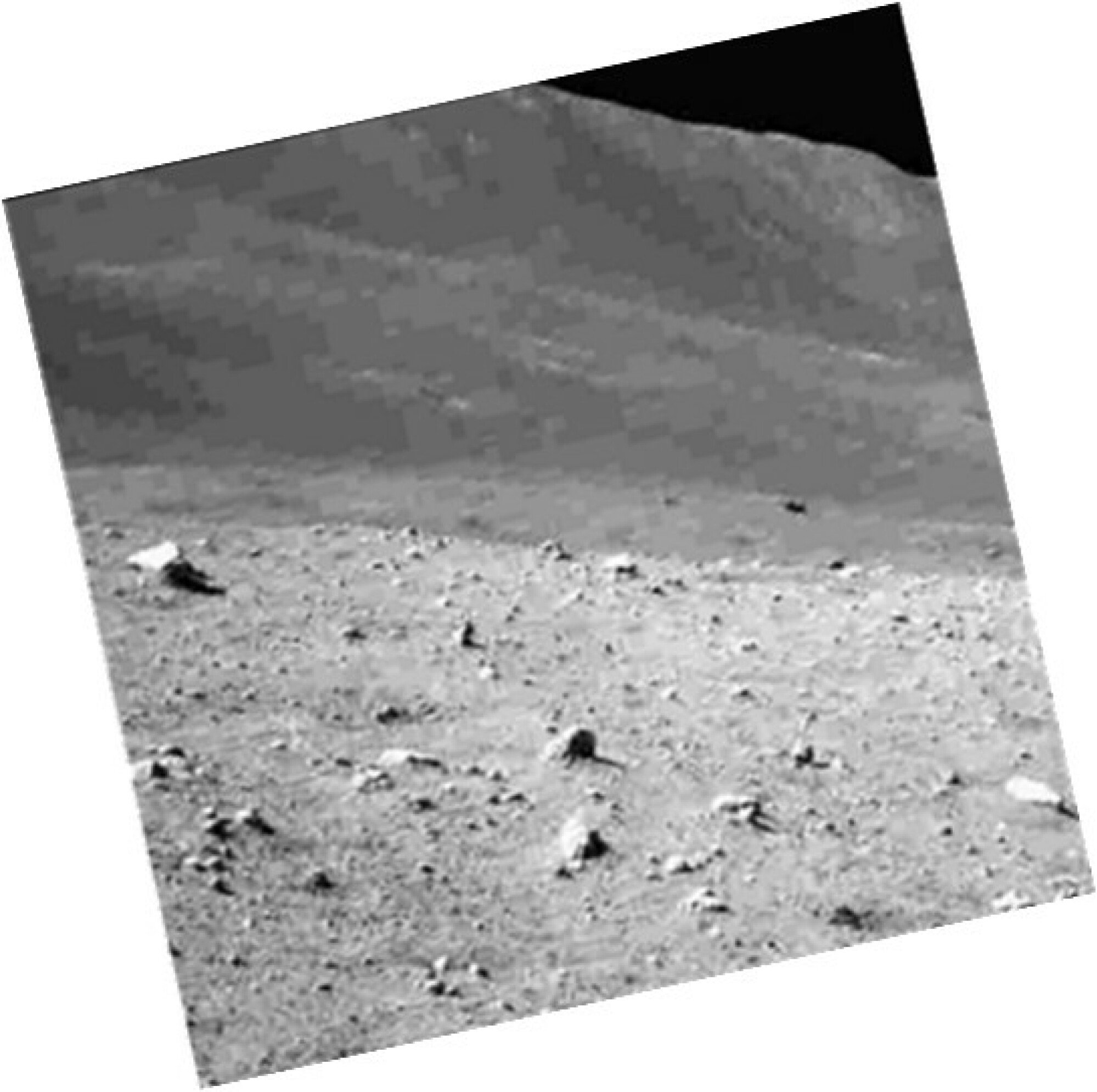
Because of the lander’s now-apparent inverted position, its solar panels weren’t oriented correctly to generate power, according to the space agency. The team elected to conserve power by shutting down the spacecraft about 2.5 hours after landing.
What’s perhaps as surprising as the photo of the lander is how it was taken. Two small rovers separated from the crewless mothership just prior to touchdown. It was one of these baseball-sized robots that was able to snap the image of the spacecraft with its head in the moondust.
The rover, built with the help of Japanese toy maker Takara Tomy, is a sphere that splits in half to expose a pair of cameras that point front and back. The two hemispheres also become the rover wheels.
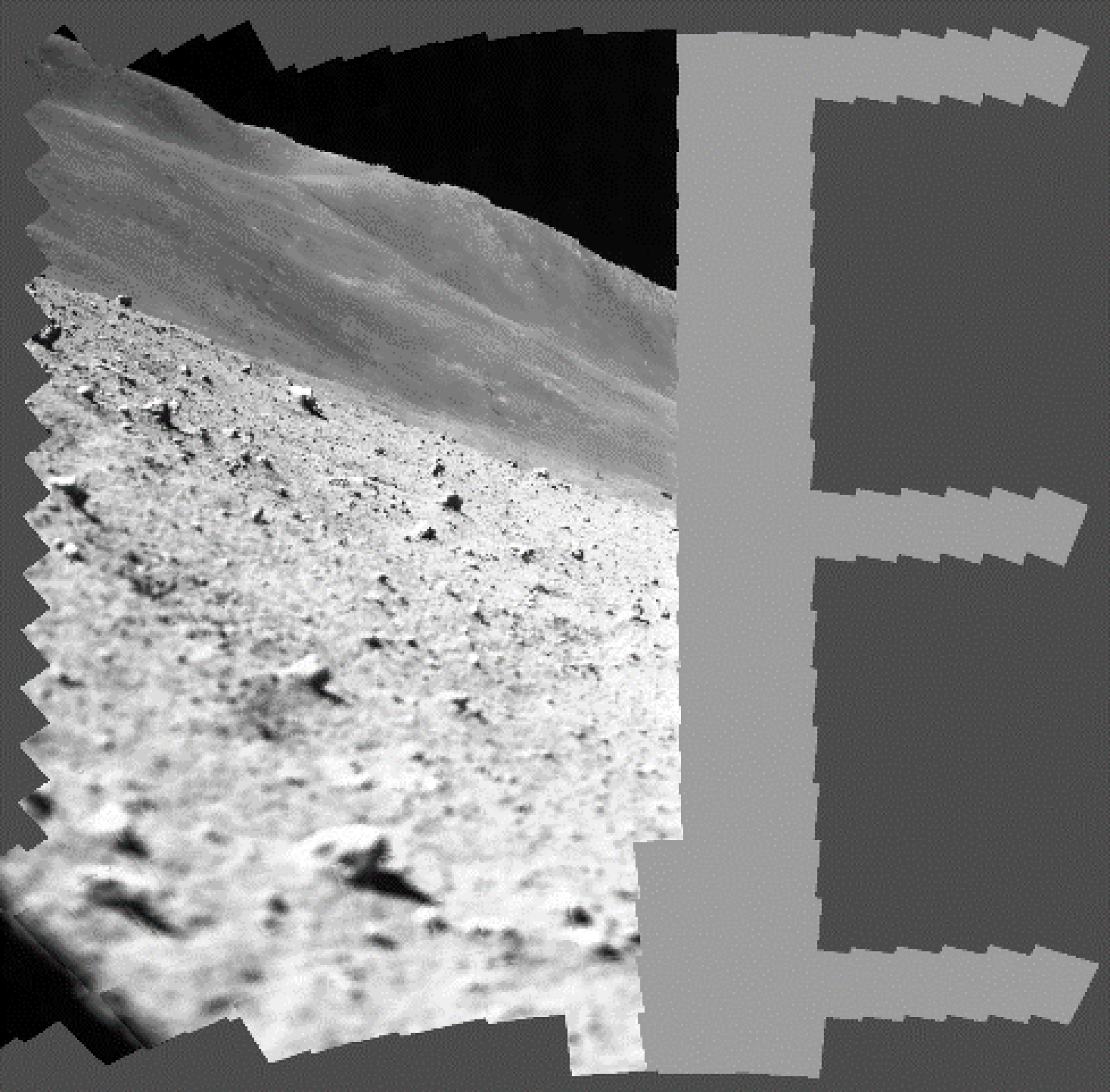
“The company is perhaps most famous for originally creating the Transformers, the alien robots that can disguise themselves as machines,” said Elizabeth Tasker, who provided commentary on the moon landing in English on Jan. 20.
The space agency still isn’t entirely sure what went wrong. At about 55 yards above the ground, the spacecraft performed an obstacle avoidance maneuver, part of the pinpoint-landing demonstration. Just prior to this step, one of the two main engines stopped thrusting, throwing the lander’s orientation off. JAXA is continuing to investigate what caused the engine problem.
Landing on the moon remains onerous, with less than half of attempts succeeding. The moon’s exosphere — an extremely thin atmosphere of gasses barely held by the moon’s gravity — provides virtually no drag to slow a spacecraft down as it approaches the ground. Furthermore, there are no GPS systems on the moon to help guide a craft to its landing spot.
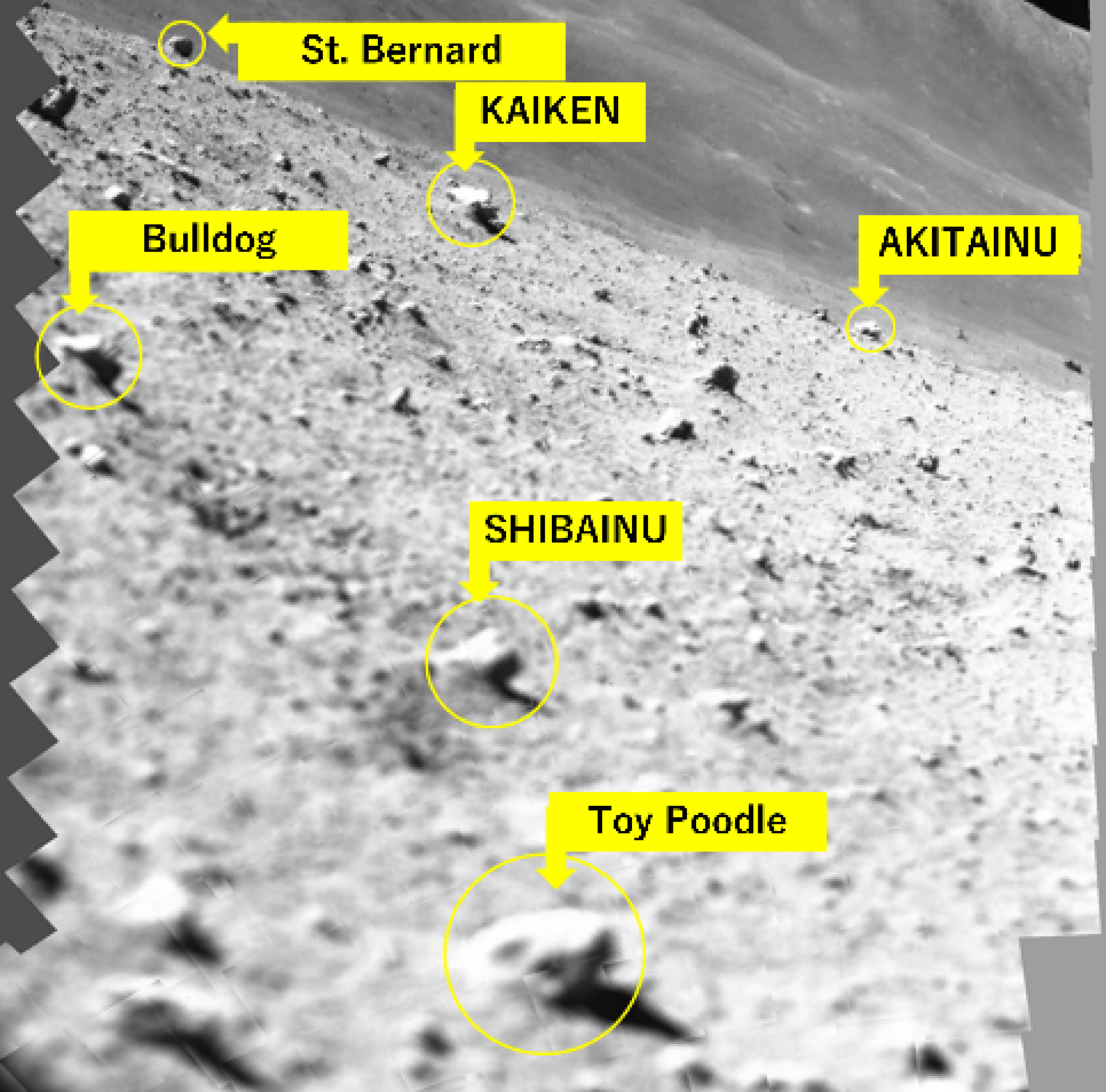
For the pinpoint landing, the SLIM spacecraft was outfitted with photo-matching technology to determine its location. The matching algorithm only requires a few seconds to figure out where the spacecraft is and whether it needs to correct its course.
Despite the fact that the spacecraft is now sleeping, the SLIM team hasn’t lost hope for a recovery. With solar panels facing west, the lander still has a chance of catching some rays and generating power. If the angle of sunlight changes, SLIM could still be awakened, mission officials said.
That would have to happen soon, though. Night will fall on the moon on Feb. 1, bringing about freezing temperatures. The spacecraft was not built to withstand those conditions.
